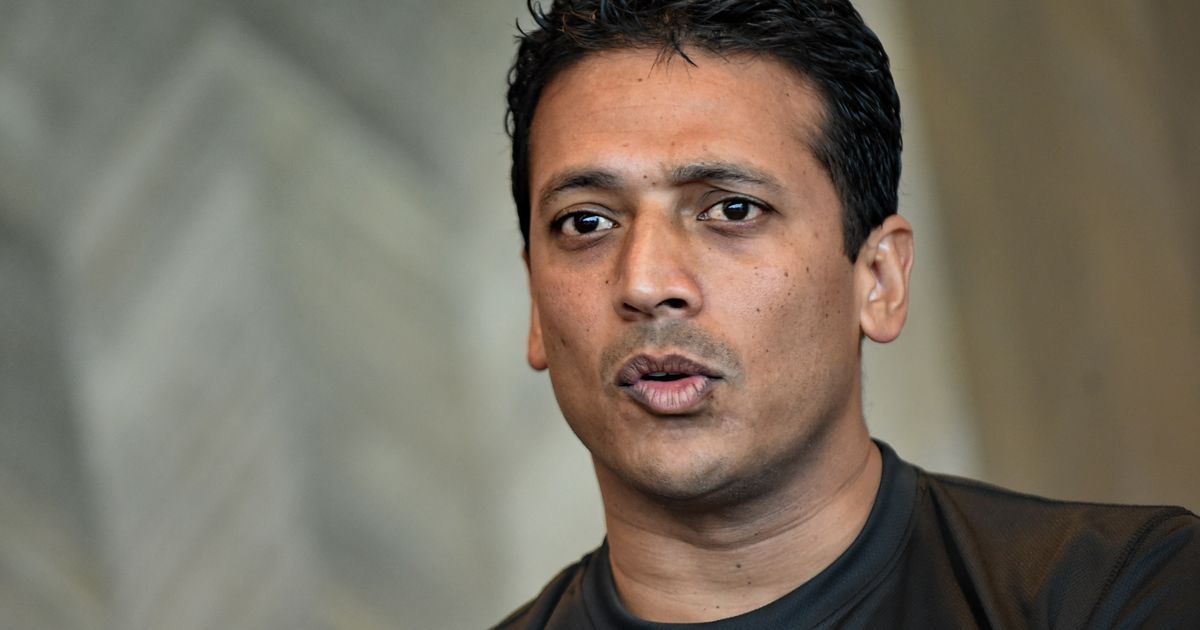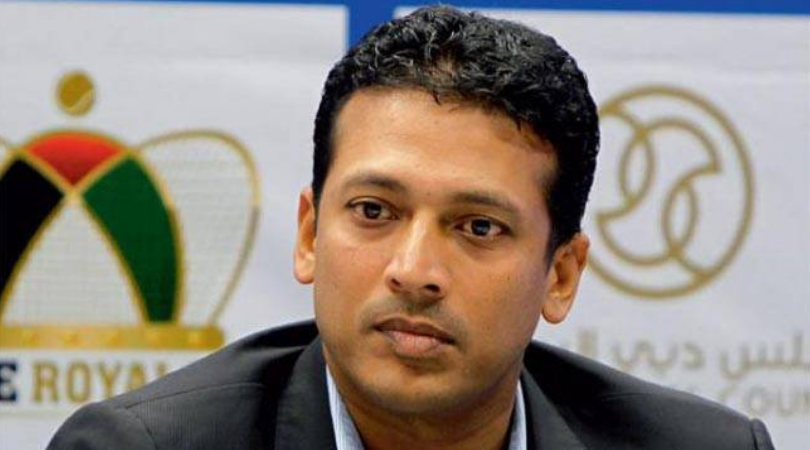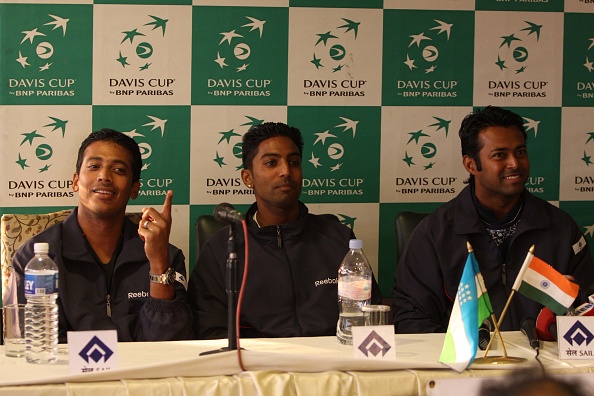Featured
Dear Mr. Bhupathi, I have a question.

(…This query comes after you spoke about the increasing depth in the talent pool a few days ago. While having potential is commendable, how do you and the officials plan to work on it and ensure that Indian tennis is not left reeling in the singles front? Like it has all these years, despite having a number of skilled players.)
For long, Mahesh Bhupathi, Leander Paes, and Sania Mirza lived up to the Latin phrase omne trium perfectum as they took to the courts in the early part of the millennium. The Three Musketeers were not only responsible for pushing Indian sports on the global map in an era where cricket prevailed, but also set the stage perfectly for young enthusiasts, who had till then been wary of taking up the sport professionally in the country.
However, almost a decade since the trio scripted consistent successes in various events, Indian tennis finds itself facing a road-block.
Players have arrived, stars have promised much, athletes have won competitions but they all have sooner or later fizzled away. The rise of Somdev Devvarman and Sanam Singh in the 2010 Commonwealth Games was seen as a breakthrough moment; the moment when Indian tennis would finally move away from their stalwarts to welcome newer faces, but eight years hence, the sport in the country is back to where it was, struggling to find new accomplishments and icons.
The transition from the senior pros to the younger legs defines how the legacy of the sport will be scripted in the coming years.
As PV Sindhu upped her game to take over the role of Saina Nehwal and as Virat Kohli combined consistency with class after Sachin Tendulkar walked away into the horizon, the sports fanatics braced themselves for a golden period; an age when the tyros would take on the responsibility of continuing the job that the legends had left behind. However, worthy successors are often hard to come by and just like the downslide of the Holland Football team after Arjen Robben and Wesley Sneijder’s heroics, Indian tennis too looks set to tread a similar route, even though Bhupathi suggests otherwise.

The Davis Cup non-playing captain looks ahead to the depth that Indian tennis has.
“The depth we have today we have never had. Prajnesh, Yuki, Ram and many more right behind them are doing well. India hasn’t had this kind of talent pool before in the men’s team. In the women’s team, Harman and Ankita have made a nice run in towards the last part of the season. The results are very positive,” were the words of the Davis Cup captain a few days ago.
For the first time in the history, the Indian men’s tennis team has three players in the top-150 in the world rankings. While Prajnesh Gunneswaran is just outside the top-100 at 104, Ramkumar Ramanathan and Yuki Bhambri - best known for winning the junior Australian Open in 2009 - stand at 133 and 137 spots, respectively. Sumit Nagal, who had made the cut to play the first qualifying round at the Australian Open, has had a dismal year, losing in the first round of 16 out of the 24 tournaments while Saketh Myneni is ranked 263 currently. In women’s Ankita Raina is ranked 213 in the world while Karman Thandi, who won back-to-back titles recently is at 218.
The year 2017 was a breakthrough moment for Indian tennis, as the Indians won five ATP World Tour titles and 13 Challenger tours, but the biggest hurdle for the contingent will be sustaining this performance in the coming years, and not just dwindling away - something that most Indian tennis stars in the singles arena have been guilty of.
While Somdev was unable to maintain his consistency after making headlines for being the only collegiate player to make three successive finals in the NCAA Men’s Tennis Championship, Sanam Singh’s focus on doubles further thinned the single’s talent pool. The tendency of the Indian tennis stars to shift focus from singles to doubles has hampered the production of competitive singles players, which is an aspect that Bhupati should focus on.
“I think the lasting impact of Paes-Bhupathi-Sania concentrating solely on doubles has been on the quality of India’s singles play. The generation that has followed them has largely ignored focusing on singles, taking easy recourse of concentrating on doubles. This could be one of the reasons for India struggling to find a player who could come anywhere in even the top 50 of singles. That, in turn, has made it difficult for India to qualify for the World Group in Davis Cup,” famed journalist Pradeep Magazine was quoted as saying earlier this year.
 Davis Cup Press conference ten years back.
Davis Cup Press conference ten years back. After reaching the finals of the Davis Cup in 1974, the Indian squad is struggling to even reach the World Group, a turnaround that has been brought about by the ineffectiveness of the single’s players to hold fort in their respective encounters. With just one doubles match in any Davis Cup schedule, the onus is on the singles cadre to retrieve the tie, but with substandard fitness levels and lack of domination in their shots, the “talented” guns often fail to salvage pride.
The former world number 1 Bhupathi will be aware of how quickly young stars fade away in the circuit in India.
In May 2007, Bhupathi had come on board as the brand ambassador of “Mission 2018” by Apollo Tyres, which aimed to produce one Indian singles Grand Slam winner by 2018. Players like Akash Wagh, Christopher Marquis and Kyra Shroff were inducted into the mission, but just 18 months into the project, Apollo Tyres had pulled away stating that the prospect for singles in tennis is hardly promising.
The three youngsters, who had been termed as promising back in the day by Bhupathi, have all but dissolved away from the scene, and though the Indian tennis fraternity has a number of bright stars who can carve a new niche in the sport’s chapter currently, holding on to that promise and pledging to make a change is what will eventually count in the end.
(The views expressed in this article are the views of the author and do not necessarily reflect the views of The Bridge.)
